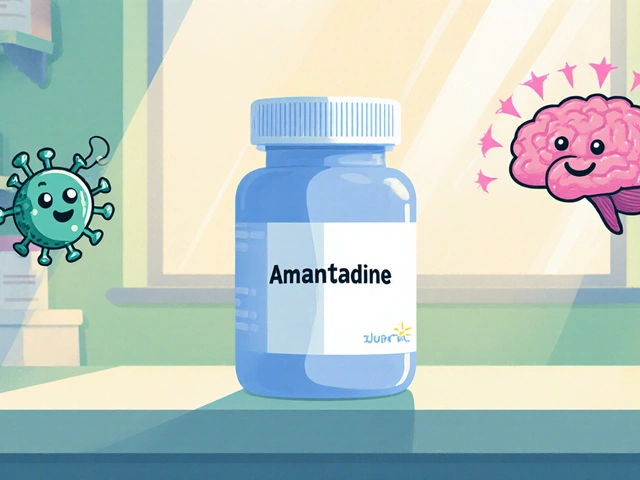
Nausea from Opioids: Causes, Relief, and What to Do
When you take opioids for pain, nausea from opioids, a frequent and uncomfortable side effect caused by how these drugs interact with the brain’s vomiting center. Also known as opioid-induced nausea, it’s not just a minor annoyance—it can make you skip doses, delay recovery, or even quit treatment altogether. This isn’t rare. Up to half of people on opioids report nausea, especially when starting or increasing the dose. It’s not weakness. It’s biology.
The problem starts in the brainstem, where opioids trigger the chemoreceptor trigger zone—a part that doesn’t care if you’re in pain or not. It just sees chemicals and says, "Time to empty the stomach." Some people get it right away. Others notice it after weeks, when their body hasn’t fully adjusted. And if you’re going through opioid withdrawal, the physical and emotional state that occurs when opioid levels drop too quickly. Also known as opioid discontinuation syndrome, it often includes nausea as one of the most disruptive symptoms. That’s because your nervous system is rewiring itself after being slowed down for so long.
Not all nausea is the same. Some people feel dizzy and queasy after a pill. Others vomit within an hour. Some only get it at night. The triggers vary: empty stomach, lying flat, stress, or even just the smell of food. That’s why generic advice like "take it with food" doesn’t always help. What works for one person might do nothing for another. That’s where knowing your options matters.
You’ve got real tools to fight this. anti-nausea meds, drugs designed to block the signals that make you feel sick, often used alongside opioids. Also known as antiemetics, they include options like ondansetron, metoclopramide, and even low-dose promethazine. These aren’t just band-aids—they’re targeted solutions. Some work fast. Others build up over days. And some, like low-dose naltrexone, actually help your body adapt to opioids without the nausea. Your doctor might not bring it up, but asking for it is completely normal.
There’s also the long game: tolerance. Your body can learn to handle opioids better over time. Nausea often fades after a few weeks—not because the drug changed, but because your brain adjusted. That doesn’t mean you should suffer through it waiting. Small moves help: eating dry crackers before your pill, staying upright for an hour after dosing, avoiding strong smells, drinking ginger tea, or even trying acupressure bands. These aren’t magic, but they’re backed by real people who’ve been there.
And if you’re on opioids long-term, don’t assume nausea is just part of the deal. It might be a sign your dose is too high, your body needs a different drug, or you’re developing another issue like gastroparesis. Ignoring it can lead to dehydration, weight loss, or worse—stopping your pain treatment entirely. That’s why managing nausea isn’t just about comfort. It’s about keeping your treatment on track.
Below, you’ll find real comparisons and guides from people who’ve dealt with this exact problem. Some share how they switched from oxycodone to tramadol and saw nausea drop. Others detail which anti-nausea pills worked best with their specific opioid. You’ll see what helped when nothing else did—and what didn’t work at all. No fluff. No theory. Just what actually helps when you’re feeling sick from opioids.
-
27 Oct






